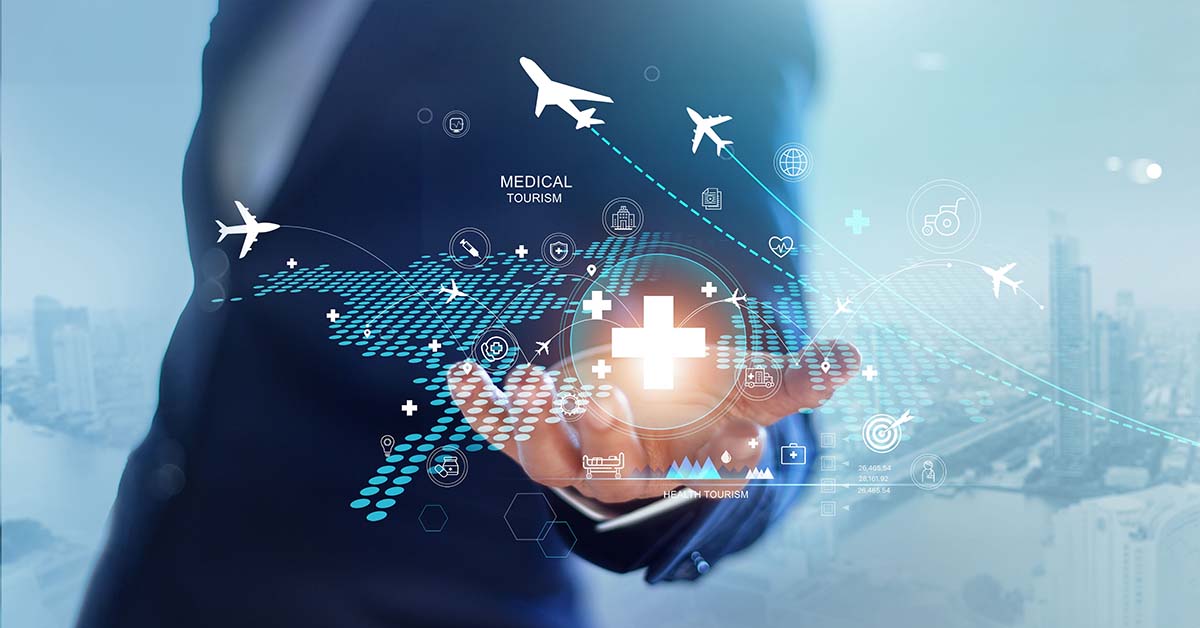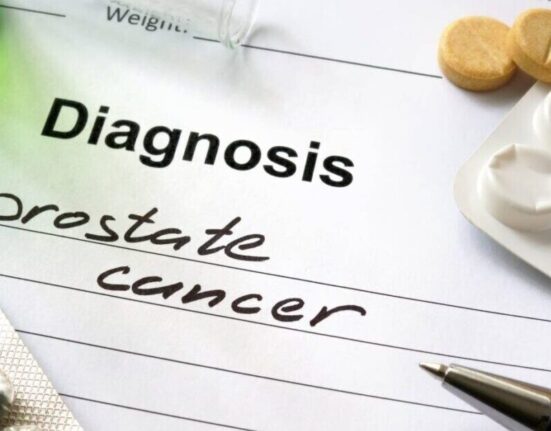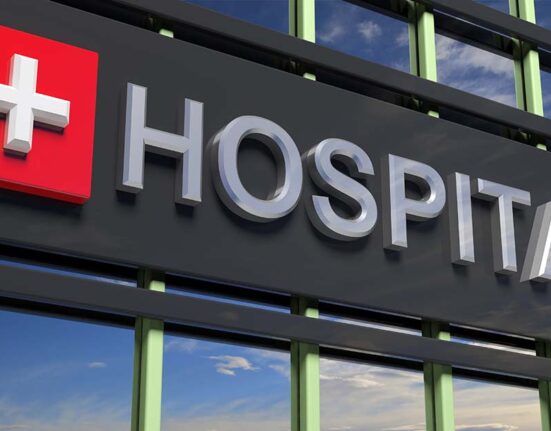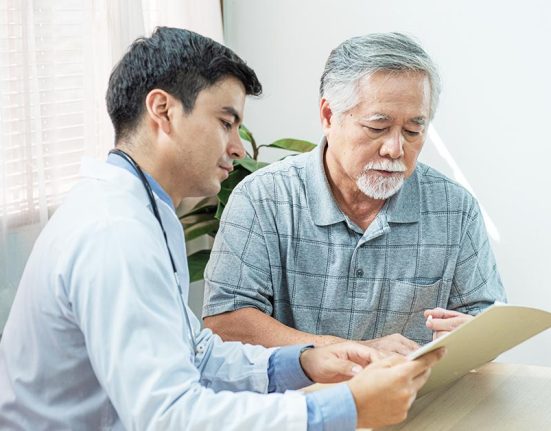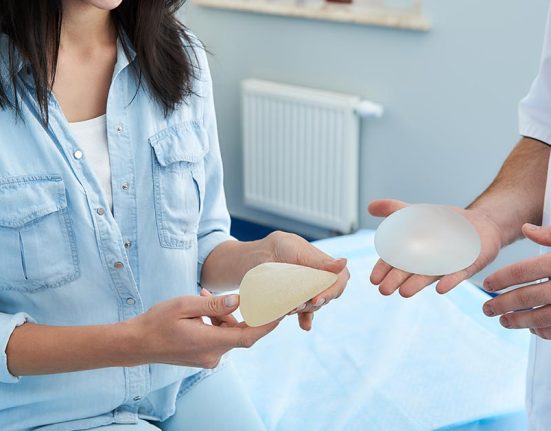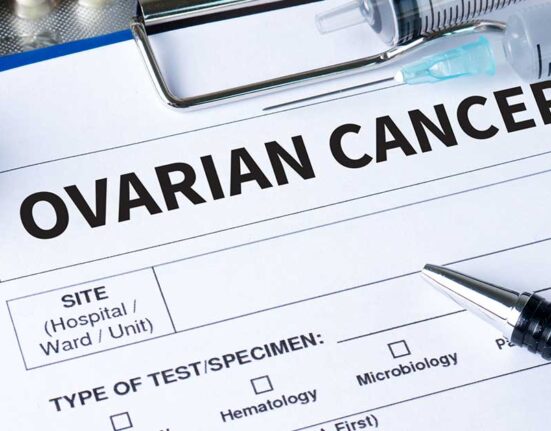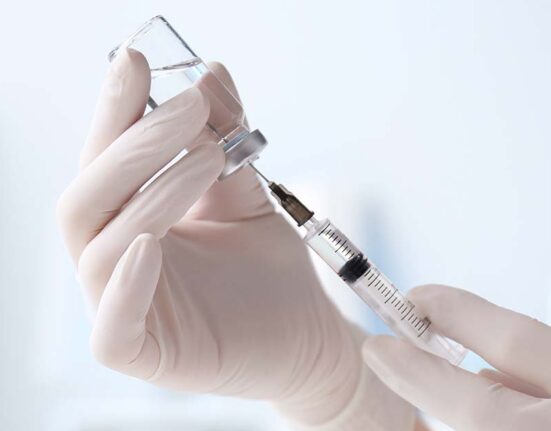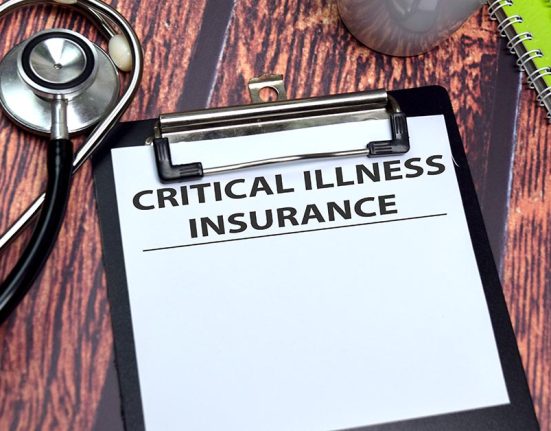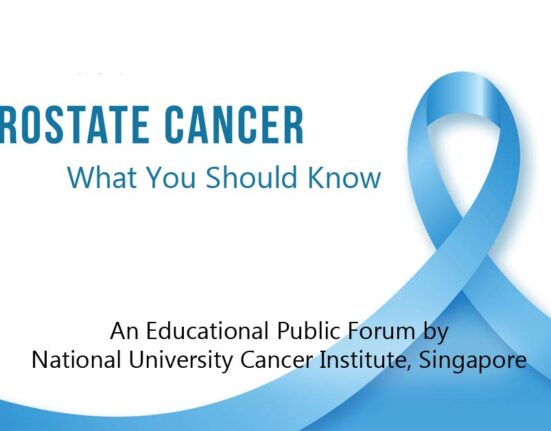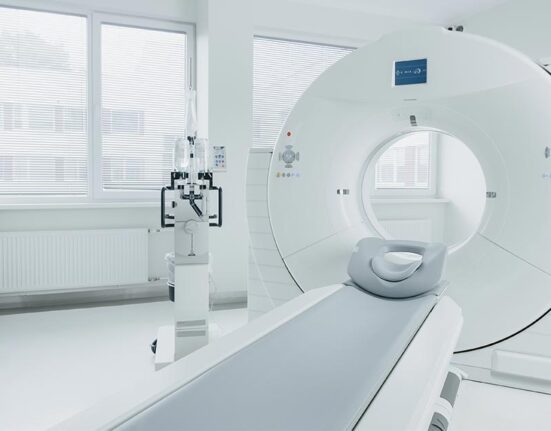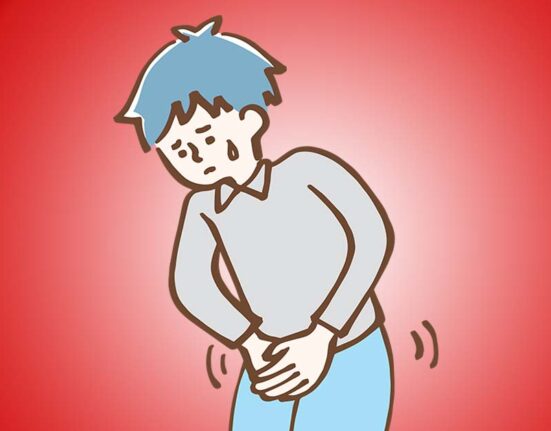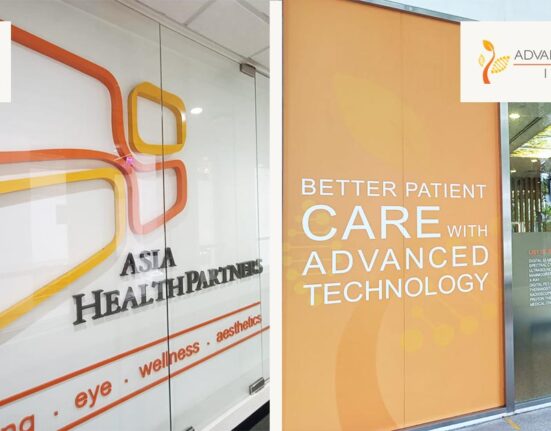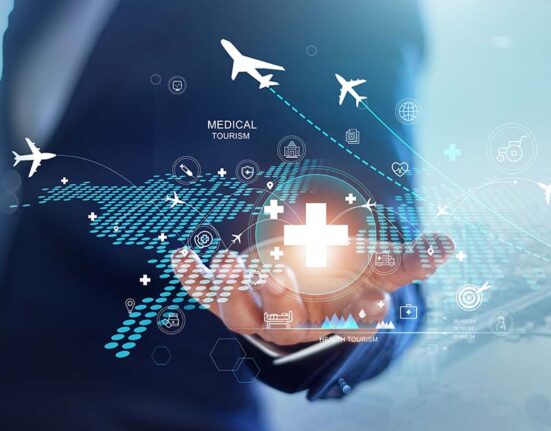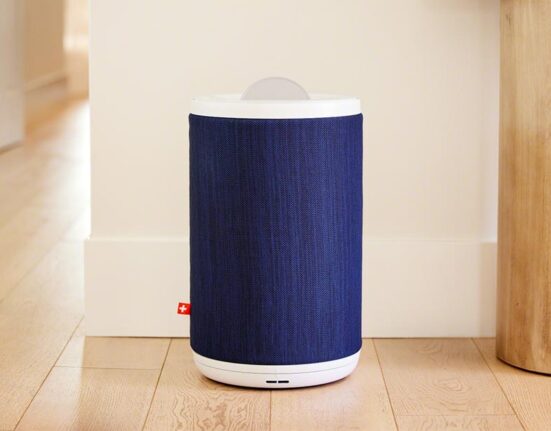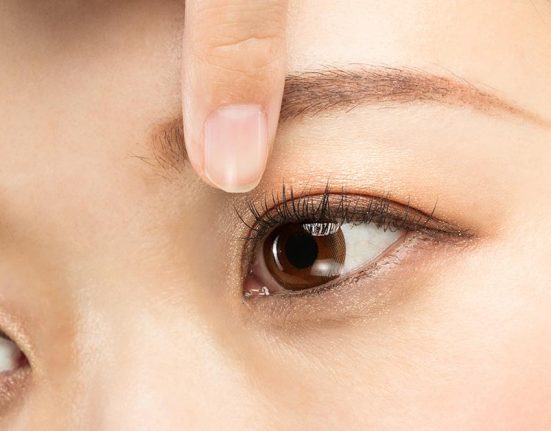It should surprise no one that within the ASEAN region, there is vast disparity in the cost of private medical treatment. These differentials in the cost of medical treatment in Singapore and between other countries in Southeast Asia may be due to a number factors. Possible causes include macro-economic factors such as the overall cost of living within each country. Other considerations include the quality of healthcare services, as well as the ability of the healthcare industry (including “big pharma” and clinics and hospitals) to impose differentiate pricing on different segments of customers.
Differentials In The Cost Of Medical Treatment In Singapore And Southeast Asia
Differences in prices for medical services between countries in Southeast Asia, including Singapore, can be substantial. For instance, medical checkups in Thailand may on average cost half as much as in Singapore, according to Healthcare Asia Magazine. Examples of pricing differentials found by other surveys include average chemotherapy costs – Malaysia (S$300 per cycle); Singapore (S$3,300 per cycle), and Indonesia (S$260).
While it is obvious to observers that there are differences in prices for the same procedure between countries and even between hospitals, it may surprise some people to learn that even within the same hospital or clinic, it is possible for people to be charged differently for the same treatment (not taking into account factors such as eligibility for government subsidies).
Price Discrimination In The Healthcare Industry
As mentioned, one reason for differences in the cost of medical treatment in Singapore and other countries in Southeast Asia is due to the practice of imposing different prices on different segments of customers. In economics, this practice is known as “third-degree price discrimination”.
In its Working Paper International Trade and Determinants of Price Differentials of Insulin Medicine, the Asian Development Bank Institute states that:
- “(Prior) empirical studies on pharmaceuticals pricing across countries have found evidence that prices vary according to per capita income.”
- “…… we study the international trade and price of insulin by using detailed trade data for 186 importing countries from 1995 to 2013…… corroborating earlier studies, we find that per capita GDP is positively correlated with the unit price of insulin.”
In other words, pharmaceutical companies charge higher-income countries like Singapore more for drugs and medicines. Indeed, one of the strategies implemented by the Singapore Ministry of Health to lower the cost of cancer treatment in Singapore was the implementation in 2022 of the policy that patients may claim against MediShield Life and Integrated Shield Plans only for drugs under an approved Cancer Drug List. To qualify to be placed in the list, drugs must be deemed to be medically and cost effective by the health authorities. The intention is to force pharmaceutical companies to sell the drugs to Singapore at a lower cost so as to qualify for being considered as “cost effective”. According to a recent statement by the Ministry of Health, Singapore has been able to negotiate “an average cost reduction of 30 per cent, and over 60 per cent for some drugs” as a result of this strategy.
Some form of price discrimination may also occur within individual private hospitals or clinics. These clinics may for instance offer discounts for certain patients, while declining to do so for others, particularly so if the patients have full insurance coverage. The problem of “overly generous” insurance coverage pushing up medical costs is also recognised by the Singapore government. In the same statement, MOH says that “…… the mark-up of cancer drugs by some healthcare providers may be significant, encouraged by “as-charged” coverage. MOH has taken steps to curb this by mandating a minimum co-payment for bills covered by new riders in 2018. With the changes from April 1, 2023, we have taken another major step with the CDL and the requirement for IPs to set claim limits for cancer drug treatments, instead of having no limits at all.”
How Health365 Aims To Enable Our Readers To Overcome Price Discrimination In Medical And Healthcare Costs
It is our vision to be the trusted resource for health-related information in Singapore (and in the region). We strive to provide our readers with knowledge on the various cost of medical treatment, and facilitate better matching of demand and supply of medical services across international borders (e.g. medical tourism for health screening in Malaysia or Thailand). Armed with this knowledge, our audiences can make more informed decisions when seeking out medical services whether in Singapore or abroad – balancing between cost, convenience and quality of healthcare considerations.
Further Reading That Might Interest You
Protect against cancer, cardiovascular disease, and other chronic diseases with regular health screening. Compare and shop for health screenings from Singapore and regional healthcare providers at a single convenient platform - shop.health365.sg
This article is informative only and is not intended to be a substitute for professional medical advice, diagnosis, or treatment, and should never be relied upon for specific medical advice.


